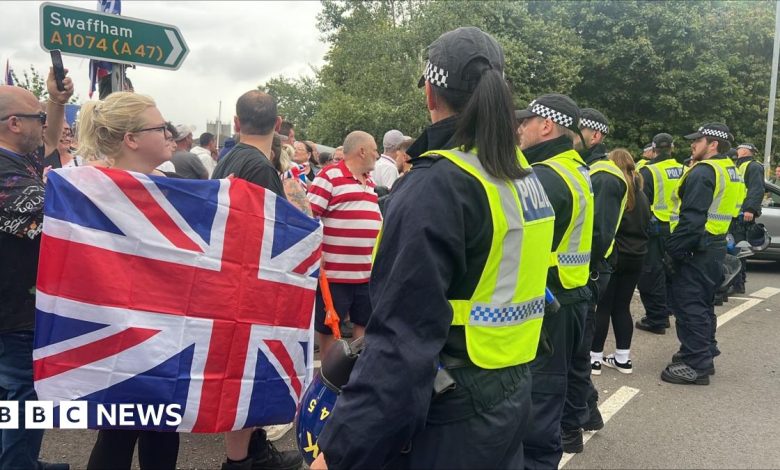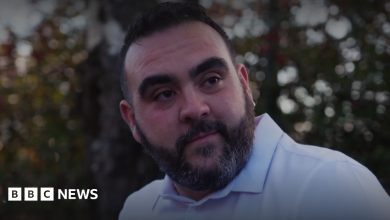Asylum hotel protests are drain on police, warns Norfolk chief

Balancing Protest Policing with Community Safety
In a recent BBC interview, Mr. Sanford acknowledged the legitimate concerns surrounding protests at a specific hotel location, while highlighting the significant strain these demonstrations place on police resources. He explained that dedicating “dozens of police officers” to monitor these regular weekend protests directly impacts the force’s ability to address critical community safety issues such as retail theft and knife crime. This creates a challenging balancing act for police leadership, who must uphold the right to peaceful assembly while ensuring adequate protection for all community members.
The resource allocation dilemma becomes particularly apparent in emergency response times, which Mr. Sanford noted decrease noticeably when officers are stationed at the hotel protests. This operational reality underscores a broader issue facing many police departments – the need to make difficult decisions about where to deploy limited personnel. While officers continue performing “brilliant” work under challenging circumstances, the financial impact of these protests has become substantial, with Mr. Sanford describing the accumulated cost as “a considerable amount of money” that continues to grow with each demonstration.
Though Mr. Sanford firmly supports the democratic right to peaceful protest and recognizes that facilitating such expressions is a fundamental responsibility of law enforcement, he emphasized that the current situation has stretched departmental resources to concerning levels. The ongoing nature of these protests, occurring consistently on weekends for “months on end,” creates a predictable but substantial drain on police capacity. This pattern forces the constabulary to maintain a regular presence that diminishes their ability to respond dynamically to other community needs.
The situation highlights the complex relationship between freedom of assembly and community safety priorities. When protests require significant police presence over extended periods, departments must navigate competing public interests – protecting expression while maintaining adequate coverage for other forms of public safety. Mr. Sanford’s comments reflect the practical challenges faced by law enforcement leadership when theoretical rights meet operational realities, particularly in communities where resources were already stretched before these additional demands.
Policing in this context requires careful consideration of how to honor constitutional rights while fulfilling broader public safety obligations. Mr. Sanford’s approach acknowledges the legitimacy of public concerns that drive protests while also advocating for a sustainable solution that doesn’t compromise other aspects of community safety. This nuanced perspective recognizes that effective policing requires balancing multiple priorities rather than focusing exclusively on any single demand on police resources.
In his appeal to government officials, Mr. Sanford called for additional resources to help address these compounding challenges. His request acknowledges that the constabulary needs appropriate support to effectively manage both ongoing protests and everyday policing responsibilities. This call for assistance reflects a broader reality facing many police departments dealing with regular demonstrations: the need for sustainable approaches that respect freedom of assembly while ensuring communities remain adequately protected across all dimensions of public safety.









ynipmejspqhoveyfhjjoyxgrnrtdvo
rhuiudtrkzhpuqfetqrofxltpetusq